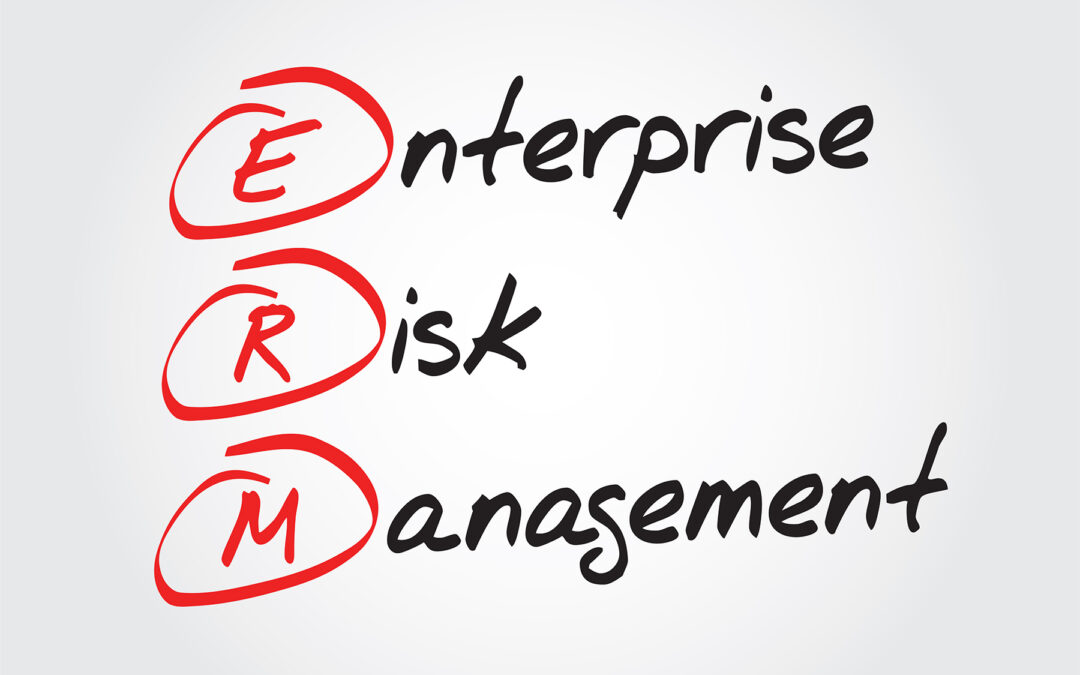In today’s increasingly complex and interconnected world, not-for-profit organizations (NFPs) face a myriad of risks that can affect their ability to achieve their mission and serve their communities effectively. While NFPs often operate under tight budgets and resource constraints, implementing a comprehensive Enterprise Risk Management (ERM) plan is essential. ERM is a structured, consistent, and continuous process applied across an organization to identify, assess, and manage risks. Here are several compelling reasons why a not-for-profit organization should have an ERM plan.
1. Safeguarding Mission and Goals
The primary goal of any NFP is to fulfill its mission. Whether it’s providing healthcare, education, or social services, the ability to achieve these objectives can be threatened by various risks. An ERM plan helps identify potential risks that could derail mission-critical activities and provides strategies to mitigate these risks, ensuring that the organization remains focused on its core goals.
2. Enhancing Decision-Making
ERM provides a structured framework for decision-making. By understanding the risks associated with different options, NFP leaders can make informed choices that balance risk and reward. This leads to better strategic planning and more resilient operations, allowing the organization to adapt and thrive even in uncertain environments.
3. Improving Financial Stability
Financial stability is crucial for NFPs, which often rely on donations, grants, and fundraising activities. An ERM plan can help identify financial risks, such as funding shortfalls, fraudulent activities, or economic downturns, and develop strategies to mitigate these risks. This proactive approach helps ensure the organization’s financial health and sustainability.
4. Enhancing Stakeholder Confidence
Donors, volunteers, beneficiaries, and other stakeholders need to trust that an NFP is well-managed and capable of fulfilling its commitments. An effective ERM plan demonstrates that the organization is proactive in managing risks, which enhances credibility and confidence among stakeholders. This can lead to increased support, both financially and through volunteer efforts.
5. Ensuring Compliance with Regulations
NFPs must comply with various regulations and standards, which can be complex and ever-changing. Non-compliance can result in legal penalties, loss of funding, and reputational damage. An ERM plan helps ensure that the organization stays up-to-date with regulatory requirements and implements necessary controls to maintain compliance.
6. Protecting Reputation and Brand
A NFP’s reputation is one of its most valuable assets. Negative publicity, ethical breaches, or operational failures can severely damage an organization’s reputation and erode public trust. The ERM process includes risk assessment related to reputation and brand, helping the organization to identify potential threats and implement measures to protect its image.
7. Fostering a Risk-Aware Culture
Implementing an ERM plan promotes a culture of risk awareness within the organization. When everyone, the board of directors, staff, and volunteers understand importance of identifying and managing risks, it leads to more vigilant and proactive behavior. This collective awareness can significantly enhance the organization’s ability to manage potential challenges effectively.
8. Enhancing Operational Efficiency
Risk management is not just about avoiding negative outcomes; it also involves identifying opportunities for improvement. By systematically assessing processes and identifying areas of vulnerability, an ERM plan can lead to more efficient and effective operations. For most NFPs this results in cost savings, better resource allocation, and improved service delivery.
9. Supporting Strategic Initiatives
Strategic initiatives, such as expansion into new areas or launching new programs, come with inherent risks. An ERM plan provides a framework to assess these risks systematically and develop strategies to manage them. This support is crucial for the successful implementation of strategic initiatives, ensuring that they contribute positively to the organization’s mission.
10. Building Long-Term Resilience
The ultimate goal of ERM is to build long-term resilience. By anticipating potential risks and preparing for them, a NFP can navigate challenges more effectively and emerge stronger. This resilience is vital for the sustained success and impact of the organization.
What are the Components of a Comprehensive ERM Plan?
A comprehensive ERM Plan will examine risks related to Services, Human Resources, Finance, Leadership & Governance, Facilities, Information Management & Technology, Professional Regulations, Quality Assurance & Quality Improvement, External Relations & Public Perception, and Inclusion, Diversity, Equity & Accessibility (IDEA).
Conclusion
In conclusion, developing and implementing an Enterprise Risk Management plan is not just a good practice for not-for-profit organizations — it is a necessity. By proactively managing risks, NFPs can safeguard their mission, enhance decision-making, ensure financial stability, build stakeholder confidence, comply with regulations, protect their reputation, foster a risk-aware culture, improve operational efficiency, support strategic initiatives, and build long-term resilience. In a world full of uncertainties, an ERM plan equips NFPs with the tools they need to navigate challenges and continue making a positive impact on their communities.
Ellis Katsof is a principal with The Osborne Group and has deep experience working with Not-for-Profit organizations to build more resilient futures. Ellis can be reached here to discuss your organization’s need for an ERM plan.






